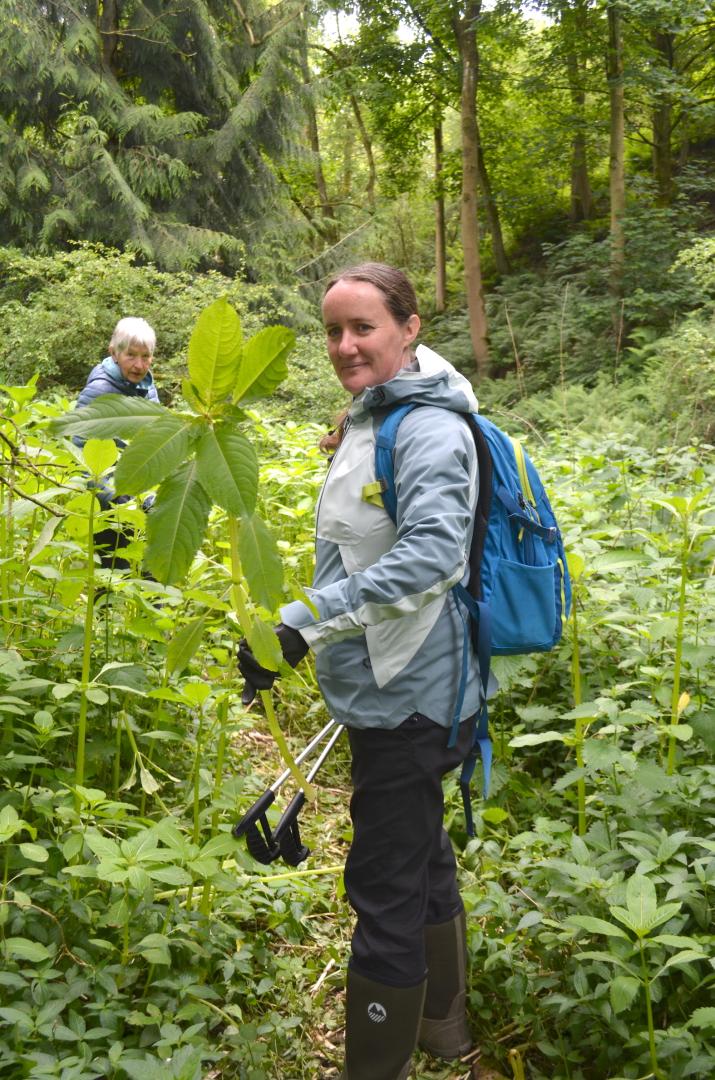A GROUP of nature-loving volunteers have gone into battle against an invasive species of plant which is threatening to take over nearby watercourses.
Members of the Holmedale Nature Network plan to spend the summer tackling Himalayan balsam.
The group arranged for Jenny Lee, of the Yorkshire Dales Rivers Trust to brief them on the best way to rid the becks of the plant, along with details of what to do if they come across other alien species such as Japanese knotweed and giant hogweed.
Martha McBarron, of the Holmedale Nature Network, said: “We have known infestations of Himalayan balsam in Newsham, Dalton, Gayles, Ravensworth, Gilling West and Skeeby.
“The balsam outcompetes native vegetation but dies back in the autumn, leaving soil and river banks vulnerable to erosion.
“The balsam is fast growing and each plant can produce up to 800 seeds which disperse when the ripe seed pods explode.”
Ms Lee said the best way to cull the balsam was to snap it between the root and first leaf before it goes to seed and leave the plant to rot.
While this can be done by hand, she said strimming low down between the root and first leaf was also effective.
She also suggested going out a couple of times in the growing season to tackle the balsam.
She said volunteers should leave any Japanese knotweed to the experts as the only viable way of getting rid of it was by spraying.
“The key thing for the group is to record and report it,” she added.
Ms Lee said “record and report” was also the best thing to do for giant hogweed.
After the briefing at Dalton Village Hall, network volunteers headed to a stream just outside the village which flows through a bluebell wood belonging to Sue Farr and set to work removing the balsam.
Ms McBarron said the group planned to spend a couple of hours every couple of weeks until August tackling Himlayan balsam.
Anyone interested in joining the group should email [email protected].


